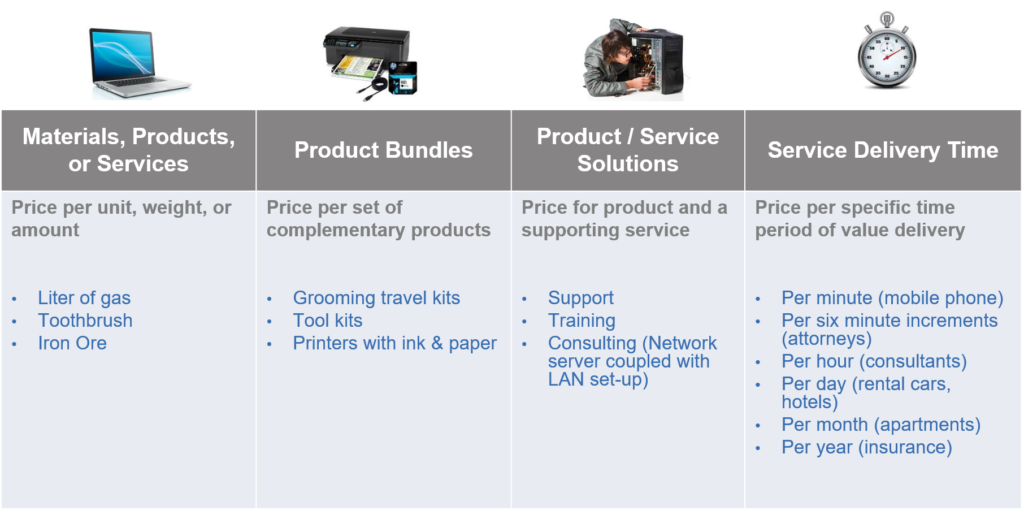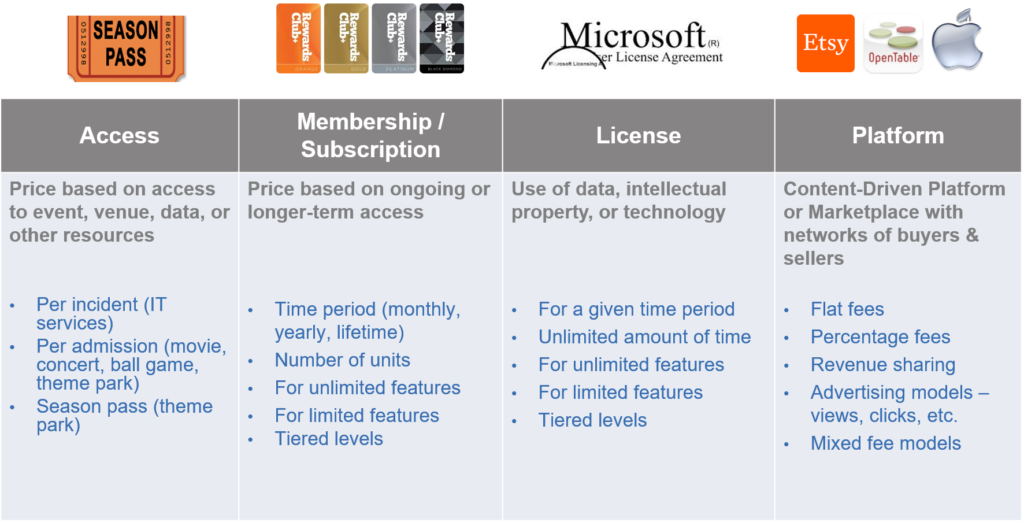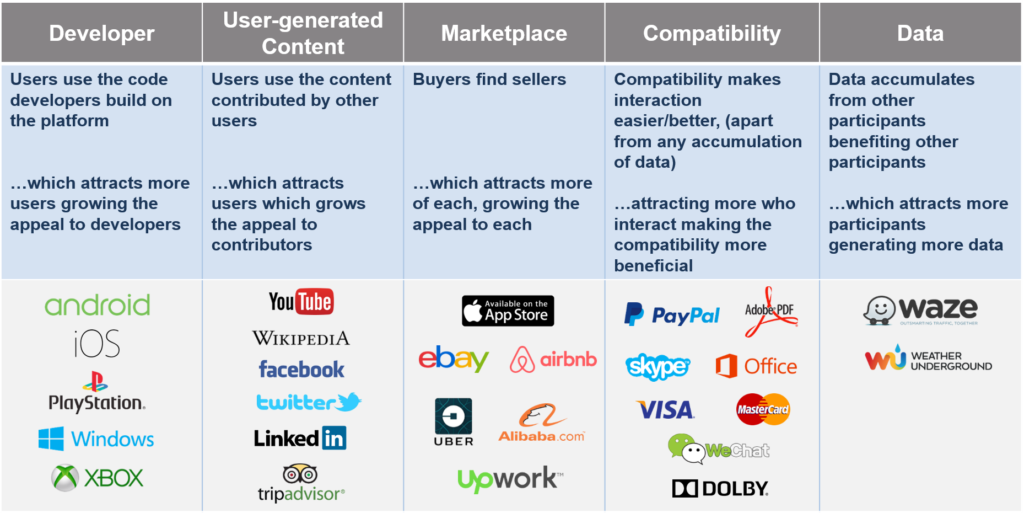Want Disruptive Digital Innovation? Here are 5 Business Model Strategies and Tools for Strategic Business Growth.
At some point every industry and every organization will face disruption.
From retailers like Blockbuster and Borders Books to tech giants like Nokia and Blackberry, seemingly untouchable brands have been caught off guard by rapidly changing business landscapes.
Your company may be at similar risk if you find yourself asking: Why are my margins shrinking? Why is creating competitive differentiation increasingly difficult? Do we need a new strategy and business model?
Don’t let these nagging questions keep you up at night. Here are five strategies that can help anyone reign in the chaos and drive business model innovation:
1. Innovate the experience platform
Uber is the world’s largest “taxi company” and doesn’t own a single vehicle. OpenTable is the world’s largest dining service and doesn’t own a single restaurant. Airbnb has the most “lodging rooms” but doesn’t own a single hotel. Facebook is arguably the largest content company in the world, all without producing content. The point: customers want service but in today’s digital world, companies don’t have to own the hard assets to provide that service. Figure out the real value underlying what customers want and explore ways to become the marketplace between those that have the assets and those willing to pay
2. Disrupt using data
More data has been created in the past two years than in the entire previous history of the human race. Beyond all the data collected by computers and websites, every smart phone includes at least eight sensors, each producing data around the clock. Autonomous vehicles will soon fill our streets, producing and collecting data as they go. Data is now “the new oil” given its power to drive new efficiencies and business models. Just look at Microsoft and Google. Both make office applications – MS Office and Google Docs. Microsoft charges for the software, while Google monetizes its data through advertising. Whether you call it Big Data, Little Data, or the Internet of Things, data remains data until it meets a business model. Determine what unique data you have, what you can obtain, and then how to use it to add customer value in ways that lock out the competition and create new revenue streams.
3. Change the economics
Although business model innovation might seem complex, understanding the different ways to “make money” helps simplify the concept. Here’s a short list:
- Per item pricing (selling products as individual units)
- Product bundles (selling products together like grooming kits or PCs & printers)
- Service solutions (from support and training to products bundled with services)
- Time (Charge by minute, hour, day or month)
- Access (Full or partial access to an event, information, etc.)
- Subscriptions (clubs, licenses, etc., for a specific period of time)
- Memberships (single or group membership with or without tiers of value)
- License (for a given time, or with escalating sets of features)
- Platform (membership fees with or without transaction-based revenue sharing)


Competitive differentiation can often be obtained by changing how you charge for your offering, making it unique compared to the bulk of the competition.
4. Create network effects
Metcalfe’s law states that the value of a network is proportional to the square of the number of connected users of the system. So, the more users, the more users get attracted to the network, and the more value is added to the network itself. There are many types of networks, each with virtually endless business model opportunities:
- Developer Networks: Users use applications, developers build out the platform, which increases the appeal for developers themselves (e.g., Android, iOS, Game Consoles, etc.)
- User-Generated Content: Users create and then use the content contributed by others, which attracts more contributors (e.g., YouTube, Wikipedia, Facebook, etc.)
- Marketplace: Buyers find seller, which attracts more of each (e.g., eBay, Uber, Airbnb, etc.)
- Compatibility: Compatibility makes interaction easier and better, attracting more participants, which in turn makes the compatibility even more widely available and beneficial (e.g., PayPal, Adobe PDF, Skype, etc.)
- Data: Information gathered from individuals within the network and then aggregated into something meaningful for all participants (e.g., Waze, Weather Underground, etc.)

Look for ways to bring together “the network” in your own markets, whether buyers and sellers, or data from disparate individuals that, with some additional packaging and value add, can benefit the whole. Providing toolkits with these models and resources for design thinking can help teams and organizations translate best practice business models into practical strategies.
5. Create business model mash-ups from the outside
Competitive differentiation results from looking outside, and applying insight that go beyond what others are doing in the industry. Challenge your organization to explore the fundamental assumptions that guide strategy across your competition and then find business models from outside your space that disrupt the status quo.
Organizations that benefit most from Business Model Innovation are those facing commoditization and stiff competition based on costs and pricing — which includes just about every industry on earth. Driving new business models creates alternative ways to generate revenue and add value through integrating services, creating new solutions, developing unique customer experiences, and building ecosystems of partners that proactively shape the future.
 Soren Kaplan is the bestselling and award-winning author of Leapfrogging and The Invisible Advantage, an affiliated professor at USC’s Center for Effective Organizations, a former corporate executive, and a co-founder of UpBOARD. He has been recognized by the Thinkers50 as one of the world’s top thought leaders in business strategy and innovation.
Soren Kaplan is the bestselling and award-winning author of Leapfrogging and The Invisible Advantage, an affiliated professor at USC’s Center for Effective Organizations, a former corporate executive, and a co-founder of UpBOARD. He has been recognized by the Thinkers50 as one of the world’s top thought leaders in business strategy and innovation.